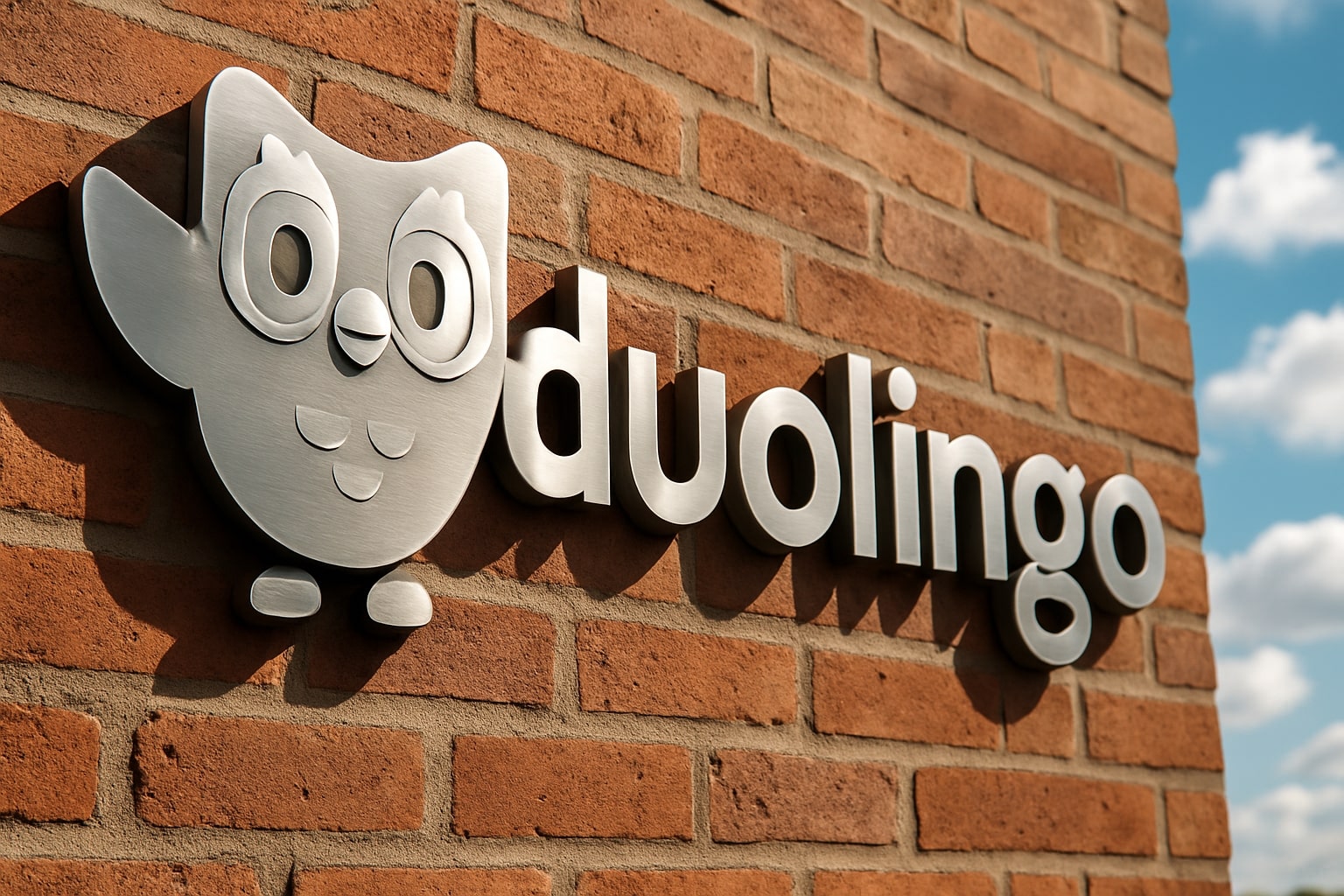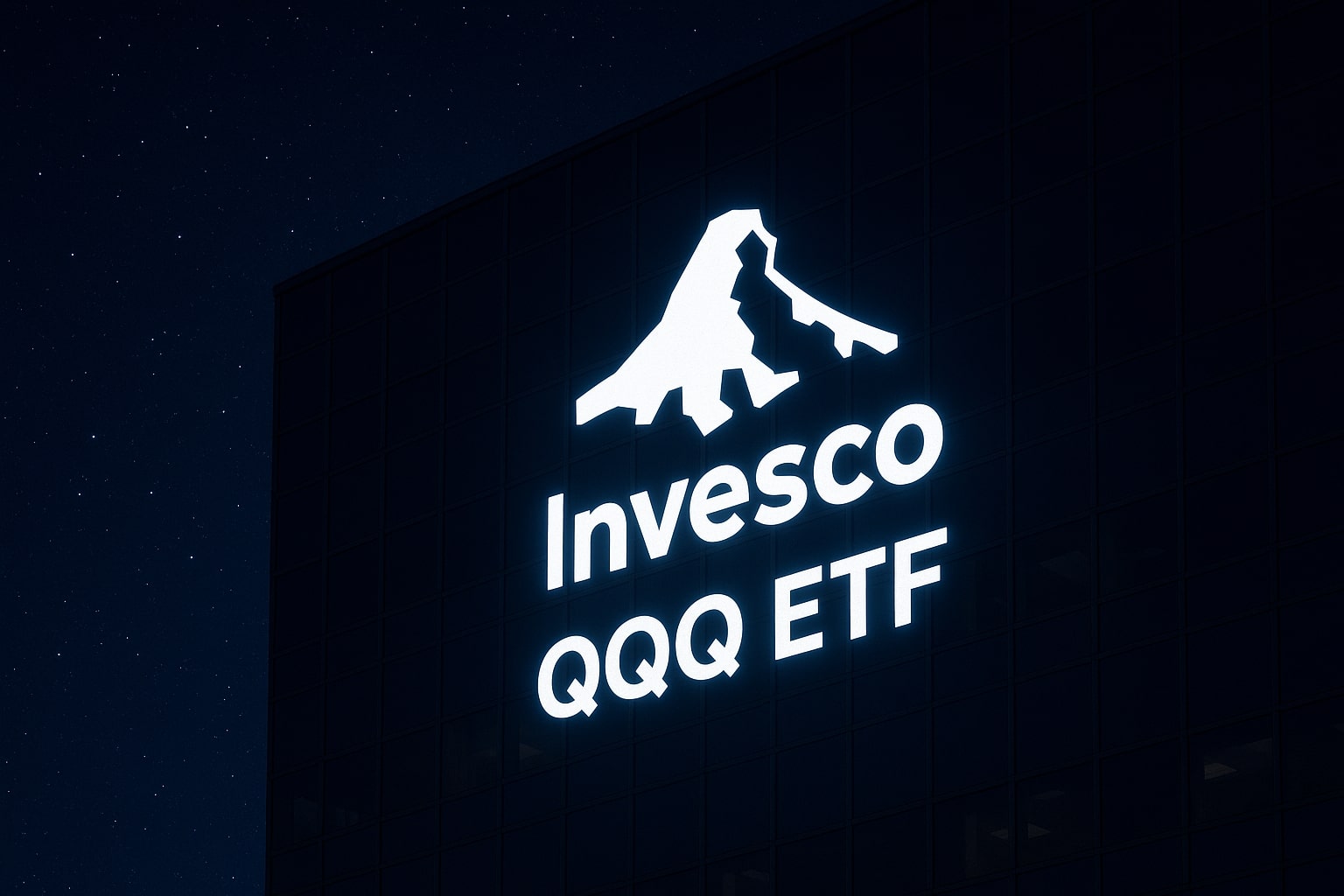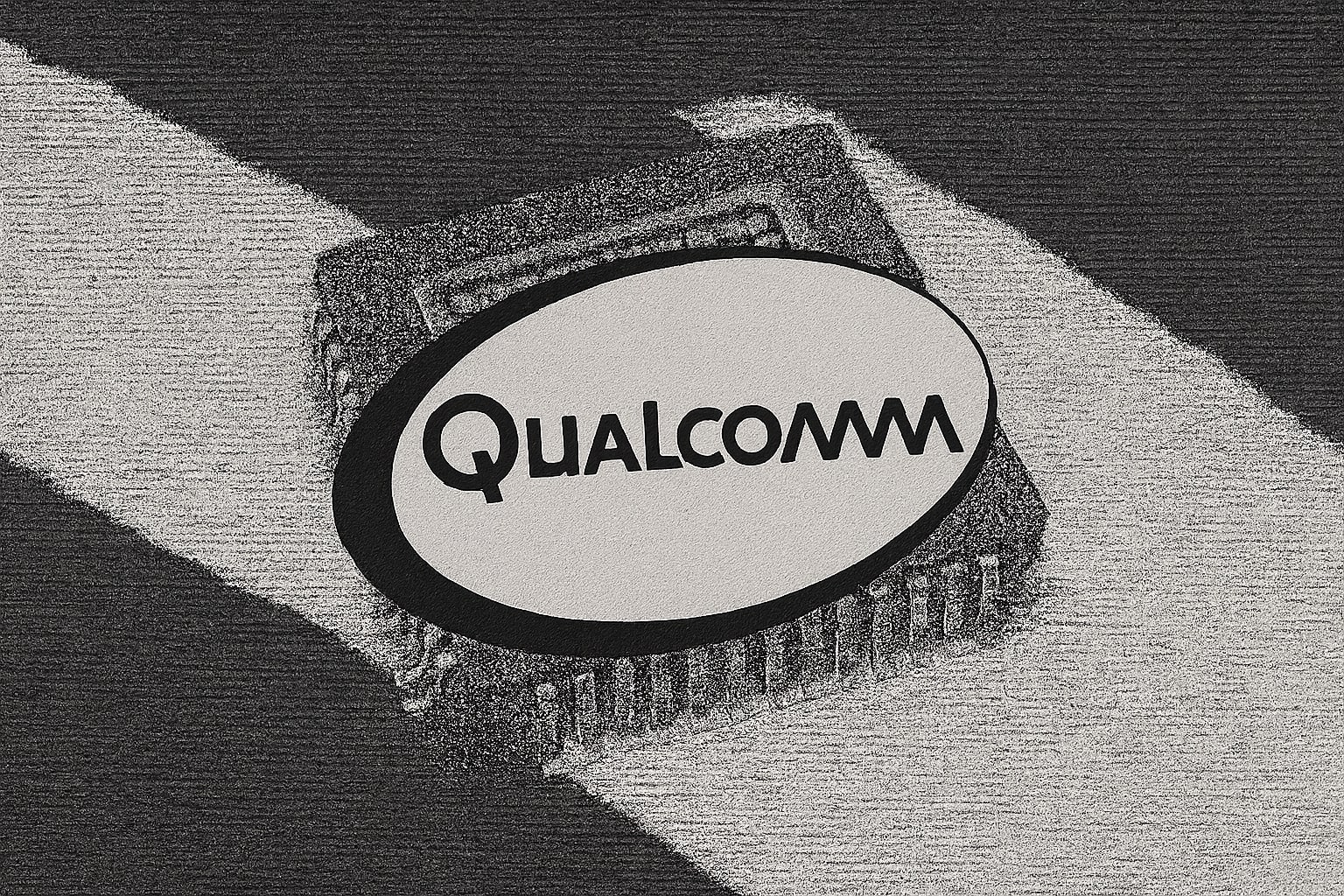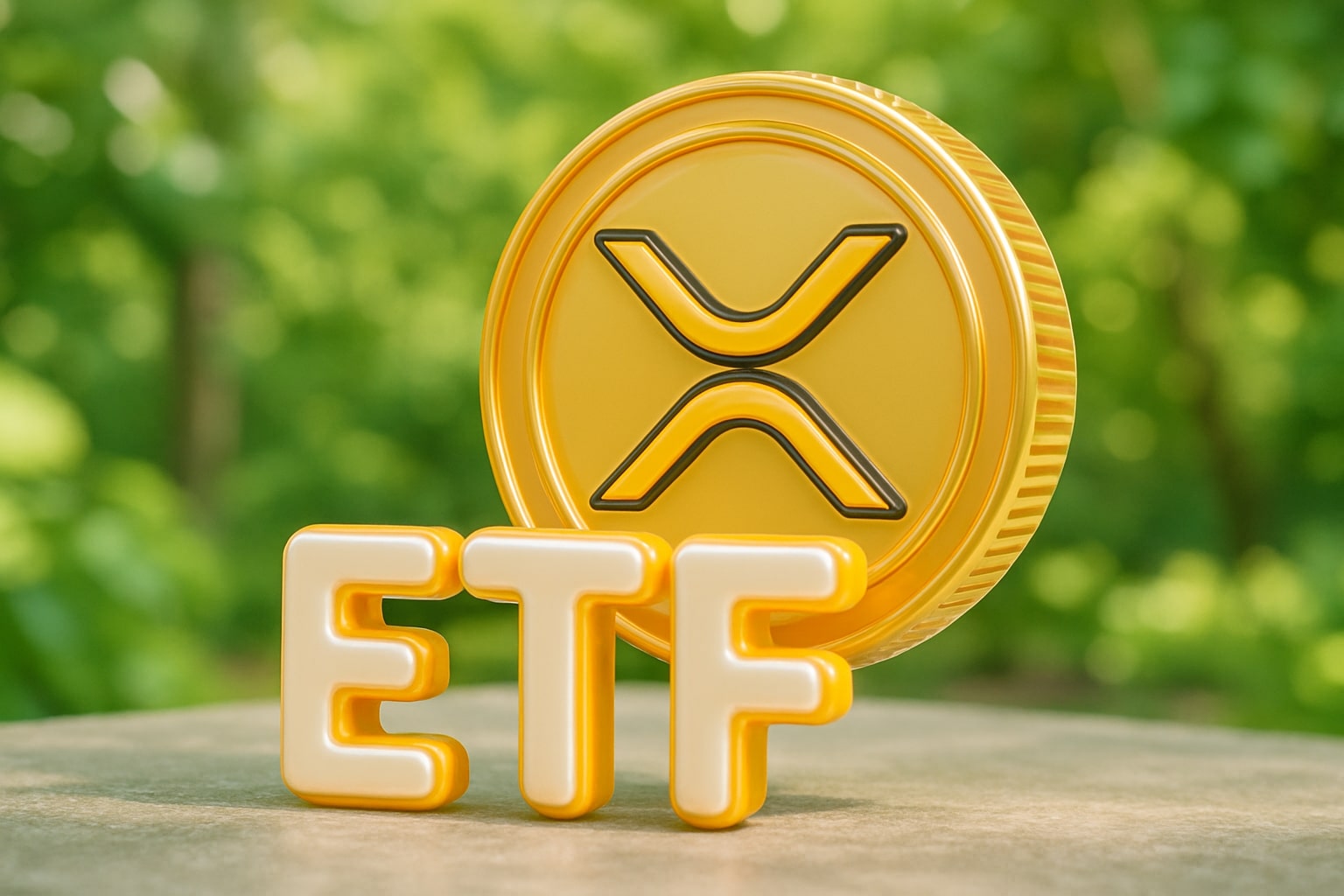
Duolingo Stock Price Forecast: DOUL Shares at $300 With 60% Upside as AI Expansion Gains Pace
DUOL holds a $13.7B valuation after a 45% correction, but strong cash reserves, 40% DAU growth, and AI-driven product launches position the stock for a rebound toward Wall Street’s $455 target | That's TradingNEWS
NASDAQ:DUOL Stock Holds $300 After Heavy Correction From $544 Highs
View real-time chart
Duolingo (NASDAQ:DUOL) trades at $300.36, stabilizing after a sharp drawdown of nearly 45% from its May 2025 peak of $544.93. Despite the correction, the stock still outperforms many peers with an 11.33% one-year return and a 7.36% YTD gain, though both trail the S&P 500’s 12.75% YTD rise. Market capitalization sits at $13.72 billion, reflecting strong investor appetite even in the face of AI-related concerns. The recent consolidation around $300 suggests that sellers are exhausting momentum, while bulls are looking at fundamental growth to justify a recovery toward consensus targets of $455–$460.
Revenue Surges 41.5% With Net Income at $117 Million
The latest trailing twelve months revenue reached $885.15 million, with quarterly revenue growth of 41.5% year-over-year. Net income came in at $117.18 million, equal to diluted EPS of $2.43. Operating margin is healthy at 13.5%, while net margin holds at 13.24%. With $335.9 million in operating cash flow and $257.6 million in free cash flow, Duolingo is proving that it can scale profitably, an uncommon trait in high-growth education tech. The company’s gross margin of 70%+ demonstrates the leverage of its subscription-driven model, while adjusted EBITDA margins are guided to remain near 28.5% into 2026.
Cash Strength and Balance Sheet Flexibility
Duolingo’s balance sheet is one of its greatest strengths. With $1.1 billion in cash and just $96.8 million in debt, the company’s debt-to-equity ratio is 9.91%, leaving ample flexibility for AI investments, acquisitions, or platform expansion. Book value per share is $21.34, making the current price-to-book multiple 14.05, a premium justified by growth but still demanding execution. Importantly, management has avoided heavy dilution, with share count only projected to expand 1% annually, signaling a disciplined approach compared to other high-growth SaaS names.
Daily Active Users Grow 40% While Monthly Metrics Show Mixed Trends
Engagement metrics continue to drive investor debate. Daily Active Users surged 40% year-over-year, while Monthly Active Users expanded 24%, showing robust stickiness but also highlighting the impact of the “energy system” that restricts free usage. While some critics see this model as similar to mobile gaming monetization, retention data shows that it has increased habit formation, locking in daily log-ins. Management confirmed that user feedback is strong, and with the introduction of premium AI tools, monetization per user is gradually climbing.
Read More
-
QQQ ETF at $614 After a 123% Surge: AI, Rates and 2026 Targets In One Trade
12.12.2025 · TradingNEWS ArchiveStocks
-
XRP ETF Surge: XRPI $11.71 and XRPR $16.55 Track XRP’s $2 Floor and $1B Inflows
12.12.2025 · TradingNEWS ArchiveCrypto
-
Natural Gas Price Forecast: NG=F Clings to $4.12 Support After Weather Shock
12.12.2025 · TradingNEWS ArchiveCommodities
-
USD/JPY Price Forecast – Dollar to Yen Back at 156 as Fed Cut and BoJ Liftoff Collide
12.12.2025 · TradingNEWS ArchiveForex
AI Tools Reshape Duolingo’s Long-Term Growth Path
Duolingo is leaning aggressively into AI, launching premium features like Duolingo Max and Video Call with Lily, which simulate real-time conversations. This positions the platform as more than just a flashcard app—it creates near-immersive language experiences. Expansion beyond languages into Math, Music, and Chess is proving that the company can scale into adjacent markets. Chess, in particular, already attracts more DAUs than Math and Music, despite being limited to iOS and English. This signals that the growth opportunity is broader than Wall Street assumes, pointing to a pathway toward a multi-subject educational platform with network effects.
Valuation Remains Rich but Growth Justifies Premium
At a trailing P/E of 122.7x and forward P/E of 66.7x, Duolingo screens expensive. Yet, its Rule of 40 score of 64.8—derived from 36% revenue growth plus 28.8% EBITDA margin—places it among the top quartile of SaaS companies. DCF analysis places a base-case fair value at $461/share, nearly 60% above the current $300 level. A bull case scenario projects as high as $748, or 150% upside, if revenue compounds at 30%+ with incremental margin expansion. The bear case, assuming 25% growth and margin compression, lands at $298, essentially where the stock trades today—suggesting limited downside.
Short Interest Reflects AI Skepticism
Short interest stands at 8.33% of float, showing that a significant segment of investors remains bearish on AI risks. The core bear argument is that AI-powered instant translation from companies like Apple and Google could erode Duolingo’s moat. Bulls counter that the value lies in gamification and education, not translation alone. Analysts are split—Citigroup and Needham maintain Buy ratings, while Wells Fargo initiated Underweight and DA Davidson downgraded to Neutral in September 2025. The divergence reflects a market trying to reprice growth expectations in light of AI disruption narratives.
Institutional Ownership Signals Strong Backing
Institutions control more than 100% of the float through overlapping long and short positions, showing that Duolingo remains a battleground stock. Insiders hold just 0.8%, meaning leadership has limited direct exposure, but institutional support suggests confidence in scaling the business. Tracking insider transactions is key as the company pivots into new products. Institutional conviction, despite volatility, reinforces the view that DUOL’s market share is durable.
Trading Setup: Technical Levels Show Support at $293 and Resistance at $326
From a technical lens, Duolingo’s 52-week range spans $256.63–$544.93, and the stock currently sits just above the lower half of that spectrum. The 50-day moving average is $326.33, a key resistance zone, while the 200-day average sits higher at $370.52, requiring stronger momentum to reclaim. Support rests at $293.83, the low from this week, and if breached, risks extend back toward the $256.63 yearly low. On the upside, a break above $326 would invite momentum traders to push toward $370. RSI has cooled from overbought conditions, now neutral at 52, leaving room for either direction.
Buy, Sell, or Hold on NASDAQ:DUOL?
At $300.36, Duolingo trades at a valuation premium but continues to deliver exceptional growth, profitability, and user engagement. With a base-case DCF pointing to 60% upside, analysts’ consensus target at $455, and institutional ownership backing the story, the balance of evidence favors a Buy stance. Short-term volatility may persist due to AI skepticism and download data, but the structural growth case is intact. Investors positioning now could capture a rebound toward $450–$460 within 12 months, with a longer-term pathway to $700+ if AI tools scale successfully and education expansion takes hold.


















